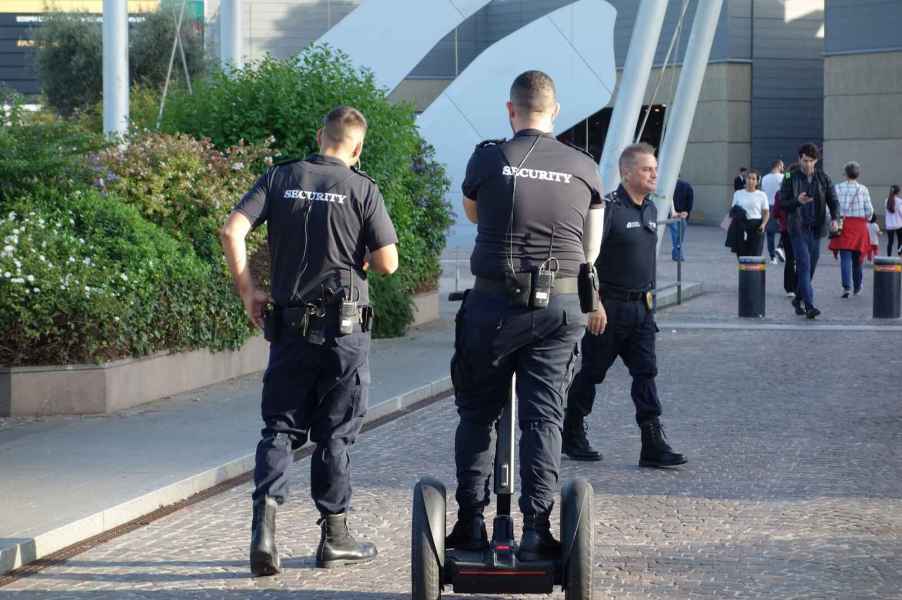
Why Do So Many Security Guards and Police Use Segways?
Ah, the Segway – that iconic personal mobility device forever immortalized by Paul Blart in the film comedy ‘Paul Blart: Mall Cop.’ Watching Kevin James glide effortlessly through the mall on his Segway was hilarious. But let’s get serious and answer the burning question: why do so many security guards and police use Segways?
First off, Segways are not just a punchline from a comedy movie. They have genuinely found a niche in the security and law enforcement sector. Here’s why:
Mobility and Visibility: Segways offer security personnel and police officers a quick and efficient means of getting around, especially in crowded areas like malls, airports, and city centers. They allow guards to cover more ground while maintaining a high vantage point, enhancing their visibility and deterring potential troublemakers.
Non-Intimidating Presence: They are less intimidating than traditional police cruisers or bicycles. They project a friendlier image, making it easier for officers to approach and interact with the public.
Easy Maneuverability: They are incredibly maneuverable, which is essential for navigating through tight spaces, crowded streets, or large event venues. This agility can be crucial during emergency responses or when a quick presence is needed.
Segway models for security and law enforcement

As for the models most commonly used for security and law enforcement, the Segway Personal Transporter (PT) has been a popular choice. These PTs often come equipped with accessories like lights, sirens, and storage compartments to meet the specific needs of security personnel and police officers.
The decline of recreational segway use
Now, let’s address the irony of Segway’s history. They were initially marketed as a revolutionary mode of personal transportation for recreational use. However, they didn’t quite take off in the consumer market as expected. There were a few reasons for this:
High Cost: Segway PTs were relatively expensive, making them inaccessible to the average consumer.
Limited Use Cases: Many people struggled to find practical everyday uses for Segways, as they were seen as more of a novelty than a practical transportation solution.
Regulatory Hurdles: Some cities and countries had restrictions and regulations that limited Segway use on public roads and sidewalks, further reducing their appeal.
Segway’s shift in focus
Ultimately, Segway Inc. faced financial difficulties and stopped producing PTs for recreational use in 2020. The brand shifted its focus towards providing mobility solutions for industrial, security, and law enforcement sectors, where they found a more receptive audience.
The ironic tragedy
The unfortunate and ironic death of Segway’s CEO, Jimi Heselden, who passed away after falling off a Segway PT, serves as a reminder that even the most innovative and seemingly safe technologies can have unforeseen risks. It’s a sobering lesson about the importance of safety in personal mobility devices.
While Segways may have started as a quirky mode of personal transportation, they have found a practical and valuable niche in security and law enforcement, offering mobility, visibility, and ease of use. As far as the Segway’s turbulent history and ironic twists, it’s a story that reminds us that innovation can sometimes take unexpected turns.





